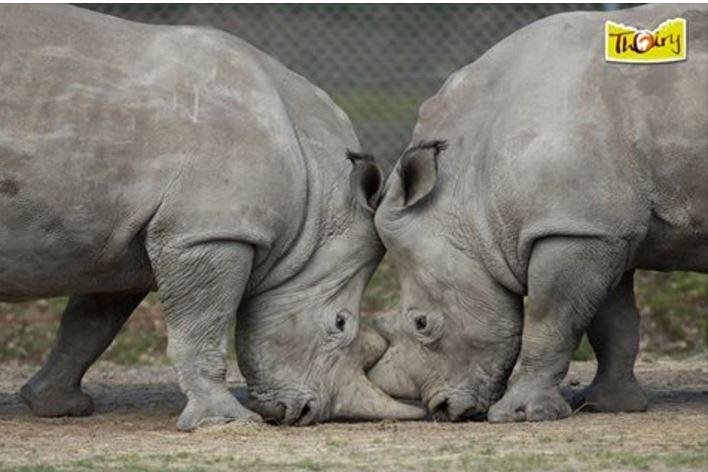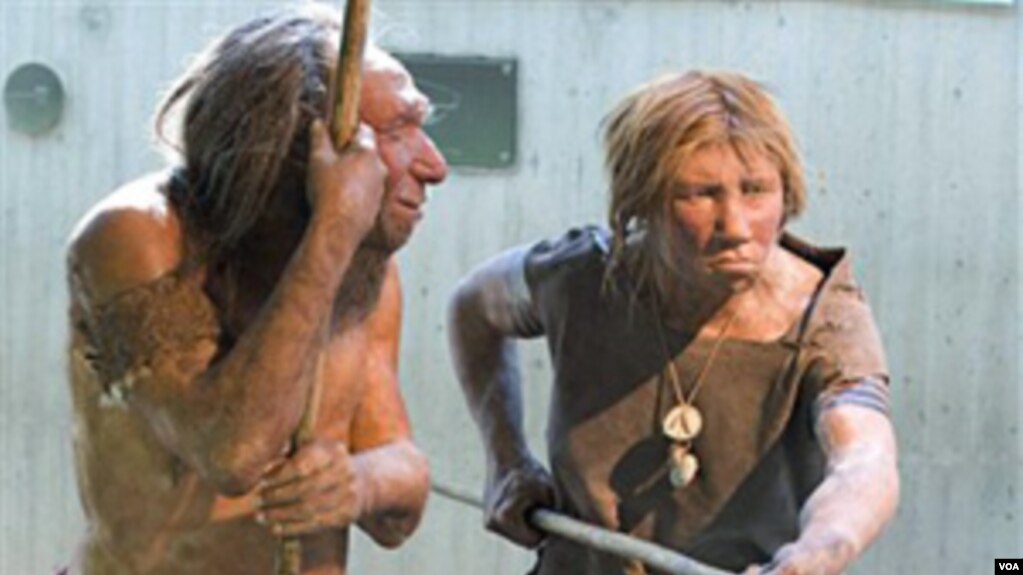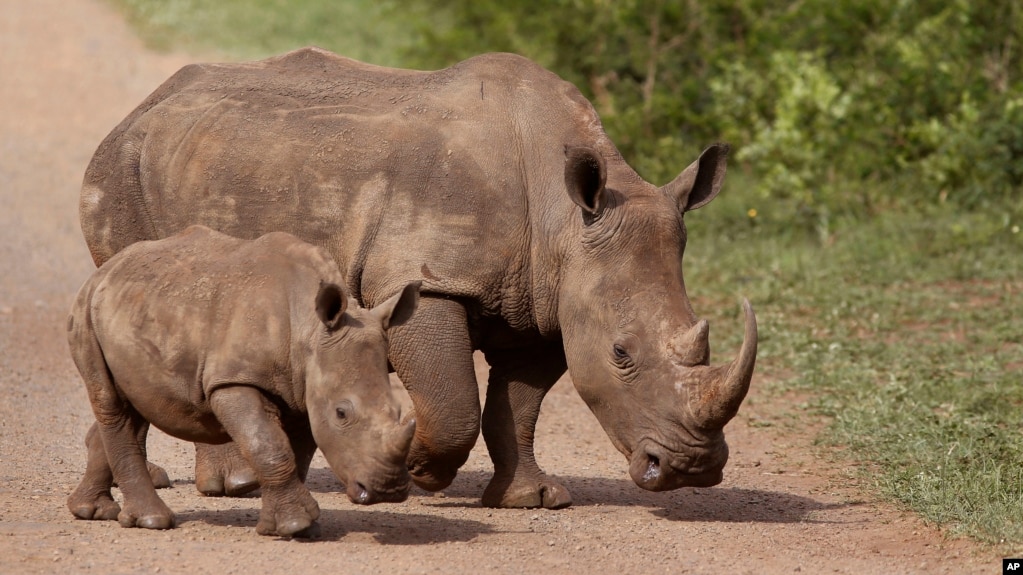mal
Diamond Member
Rock Center with Brian Williams
Poachers are some of the Worst People on Earth...
But these Douchers... Seriously, their Punishment should be to have their Noses Cutoff while Drugged and then allowed to wake from it without ANY Pain Relief...
No Jail Time... Just that.
I was Sickened by this Show last night.
I have NO Idea why ANY Human would want to Torture an Animal like that...
But then again, we Torture each other and have for Thousands of Years.

peace...
Poachers are some of the Worst People on Earth...
But these Douchers... Seriously, their Punishment should be to have their Noses Cutoff while Drugged and then allowed to wake from it without ANY Pain Relief...
No Jail Time... Just that.
I was Sickened by this Show last night.
I have NO Idea why ANY Human would want to Torture an Animal like that...
But then again, we Torture each other and have for Thousands of Years.
peace...






